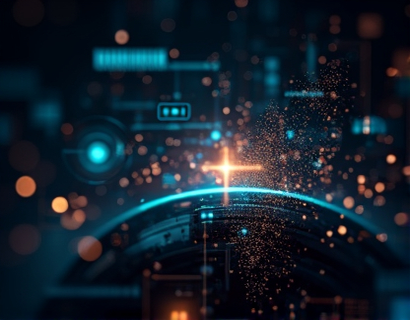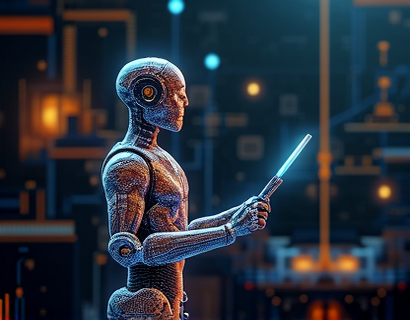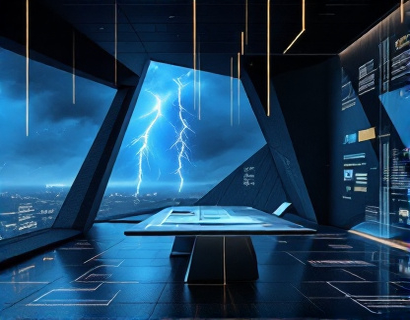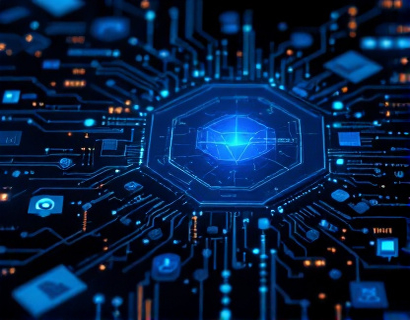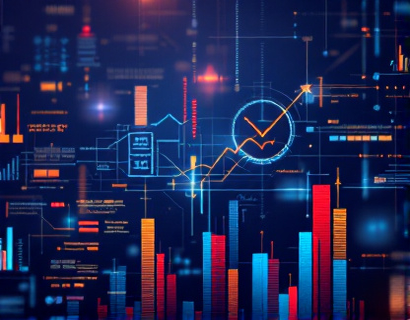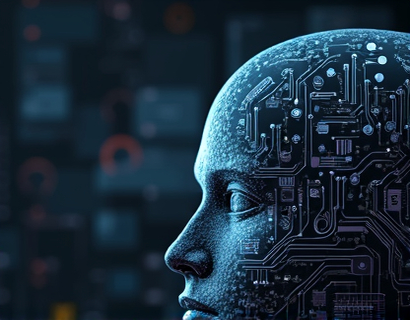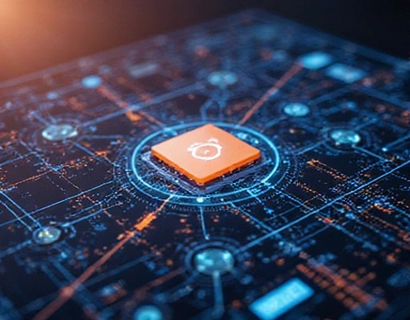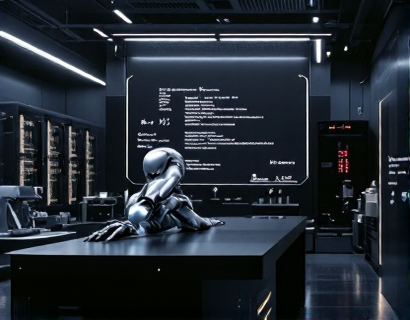Decentralized DAOs: Empowering Web3 Governance with Community-Driven Innovation
In the rapidly evolving landscape of Web3, decentralized autonomous organizations (DAOs) stand as a pivotal force in redefining governance and innovation. These community-driven entities leverage blockchain technology to create transparent, scalable, and inclusive systems for managing digital protocols. This article delves into the core principles of DAOs, their role in Web3 governance, and how they empower communities to drive meaningful change.
Understanding Decentralized DAOs
Decentralized autonomous organizations, or DAOs, are organizations that operate through rules encoded on a blockchain. These rules govern the decision-making process, fund allocation, and overall management of the organization. Unlike traditional hierarchical structures, DAOs eliminate the need for intermediaries, allowing members to participate directly in governance through token-based voting systems.
The foundation of a DAO lies in its smart contracts, self-executing contracts with the terms of the agreement directly written into code. These contracts ensure that all actions within the DAO are transparent, immutable, and automatically enforced. This level of transparency and automation is crucial for building trust among community members and ensuring the integrity of the organization.
Community Empowerment through DAOs
One of the most significant advantages of DAOs is their ability to empower communities. By giving token holders a stake in the decision-making process, DAOs democratize governance, allowing a broader range of voices to be heard. This shift from centralized control to decentralized decision-making fosters a sense of ownership and responsibility among community members.
In a DAO, members can propose and vote on various initiatives, from protocol upgrades to fund distributions. This participatory approach not only enhances engagement but also ensures that decisions align with the collective interests of the community. The transparency of blockchain technology means that all proposals, votes, and outcomes are publicly accessible, reducing the risk of corruption and mismanagement.
Transparency in DAO Governance
Transparency is a cornerstone of DAO governance. Every transaction, proposal, and vote is recorded on the blockchain, creating an immutable and auditable trail. This level of transparency builds trust among members and external stakeholders, as everyone can verify the actions taken by the organization. The open nature of DAOs also encourages accountability, as members can hold each other responsible for their actions.
Moreover, the transparency of DAOs extends to financial management. Funds are typically held in smart contracts, with clear rules dictating how and when they can be spent. This reduces the potential for fraud and ensures that resources are used efficiently and effectively. Community members can track the flow of funds in real-time, providing a high degree of oversight and control.
Scalability and Innovation in DAO Management
Scalability is a critical factor for the long-term success of DAOs. As the number of members and the complexity of protocols grow, the governance system must adapt to handle increased load without compromising performance. Advanced DAOs employ scalable solutions such as layer 2 protocols and optimized smart contract designs to ensure smooth operations even as the community expands.
Innovation is another key driver in the evolution of DAOs. The decentralized nature of these organizations encourages continuous improvement and experimentation. Community members can propose and implement new features, tools, and processes to enhance the functionality and user experience of the DAO. This culture of innovation keeps the organization agile and responsive to the changing needs of its members and the broader Web3 ecosystem.
Case Studies: Successful DAOs in Web3
Several DAOs have emerged as leading examples of community-driven governance in the Web3 space. One notable example is the MakerDAO, which manages the stablecoin DAI on the Ethereum blockchain. Through a decentralized lending protocol, MakerDAO allows users to lock in collateral and borrow DAI, with governance decisions made by token holders. This model has demonstrated the power of decentralized finance (DeFi) and the potential for community-driven financial systems.
Another example is the Aragon DAO, a platform for building and governing decentralized applications (dApps). Aragon provides a suite of tools for creating DAOs, managing tokens, and executing governance processes. Its success lies in its user-friendly interface and robust governance framework, making it accessible for both technical and non-technical users to participate in decentralized governance.
Challenges and Considerations
Despite their potential, DAOs face several challenges that need to be addressed for widespread adoption. One major concern is the technical barrier to entry. Understanding blockchain and smart contracts requires a certain level of technical knowledge, which can exclude potential participants. To overcome this, user-friendly interfaces and educational resources are essential to make DAOs more accessible to a broader audience.
Another challenge is the governance complexity. As DAOs grow, the number of proposals and the diversity of opinions can lead to decision paralysis. Effective governance mechanisms, such as multi-round voting and delegation, can help streamline the decision-making process and ensure that the organization remains agile and responsive.
The Future of DAOs in Web3
The future of DAOs in Web3 is promising, with ongoing developments in blockchain technology and increasing community adoption. As more people recognize the benefits of decentralized governance, the potential for DAOs to transform digital protocol management grows. The combination of community empowerment, transparency, and scalability positions DAOs as a key player in the Web3 revolution.
By embracing DAOs, the Web3 community can create more inclusive, resilient, and innovative systems. The journey towards a decentralized future is just beginning, and DAOs are at the forefront of this exciting transformation. Join the movement and be part of shaping a more interconnected and future-proof digital landscape.




